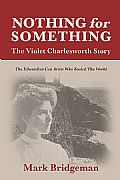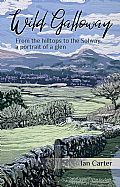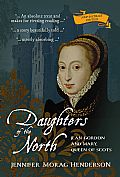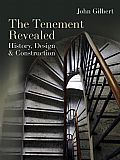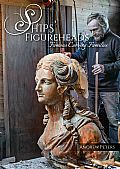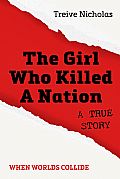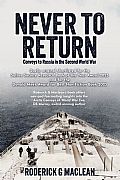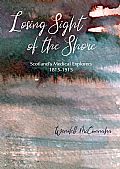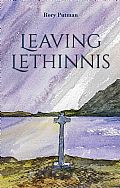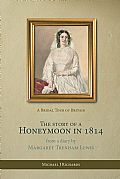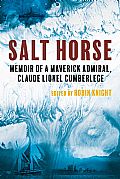New releases...
Coming Soon
Podcasts
Listen to the following authors being interviewed about their books
Hans Breuer - A Greenhorn Naturalist in Borneo' Episode 91
Ed Ley-Wilson - 'Kayaking the Sea Roads' and Always Another Adventure podcast
Emma Silverthorn - 'Roaming Wild: The Founding of Compassion in World Farming'
This SciPod is a summary of Chapter 2 and Chapter 3 in the book 'Landscape Change in the Scottish Highlands: Imagination and Reality' by Dr James Fenton
Sir Laurie Bristow was one of the panel guests on The Monocle Daily, on the 17th April, presented by Andrew Mueller Monocle Radio. Listen to the episode here
David Mackay - 'Bubbleheads, SEALs and Wizards: America’s Scottish Bastion in the Cold War' talks to Cold War Conversations podcast 345
In this podcast James Fenton gives his views on upland ecology listen to the Shepherds of Wildlife Society podcast here. Since the recording was made his term for trustee of the National Trust for Scotland has come to an end.
James Fenton features in episode 2 of Byron Pace's 6-part 'British Uplands' podcast, listen to it here.
Reviews
|
'This is probably the most important book of its kind for over 70 years'. The Canoeist |
|
‘...an easy-to-read style and gives a good impression of life in the Navy at that time. ... There are many interesting stories and anecdotes ... covering some 60 years... all written in a colourful and engaging style. ... Anyone with an interest in naval and social history ... will find it a very good read’. Naval Historical Review |
|
'...compelling memoir... ...full of glorious details. ...Bristow comes across as decent, serious, analytical and quietly heroic: a brave public servant doing a tough job. He pays tribute to the young British soldiers sent to guard the airport’s gates. And to his staff, who had to inform Afghan families they did not qualify for evacuation'. The Guardian
|
Author News
Sir Laurie Bristow News and Forthcoming Events:
- The UCL School of Slavonic and East European Studies (UCLSSEES) - Sir Laurie took part in an in conversation event with UCLSSEES and the event is now available to view here
- Sir Laurie Bristow appeared on the HARDtalk programme last week - you can catch up with it here
James Fenton News and Forthcoming Events:
-
Dr James Fenton appears in the film The Last Keeper - watch the trailer here
Mark Infield Forthcoming Events:
- 24th August 2024 7:30pm - The Green lane Music Room - Crowborough Arts Centre. Tickets are required for this event and can be purchased here
- 4th September 2024 7-8pm - East Grinstead Bookshop. Tickets required for this event, they can be purchesed here
Glen Cousquer Forthcoming Events:
26th September 2024 6:30-8pm - Golden Hare Bookshop. Glen will be attending the Golden Hare Bookshop for an event including an hour of discussion followed by auedience questions, further chat and book signings. Information available here
Robin Knight Forthcoming Events:
- 10th September 2024 6:30pm - The Little Ship Club, London. Talk and supper event. Tickets available here
Book Festivals
Some of our authors will be attending Book Festivals across the UK and we will bring you more news on those in the coming months.
Upcoming Events with Sir Laurie Bristow:
- 21st September 2024 12pm - Barnes Methodist Church - Barnes Book Festival. Tickets available here
- 28th September 2024 - University of Cambridge festival Details TBC.
- 29th September at 1pm - Burford Literary Festival Program and details here
Bestselling Titles
PDFs and Ebooks
Author News
Featured
Life at the Edge

This book is a wonderful selection of inspiring photographs reflecting life along 147 miles of fr...

